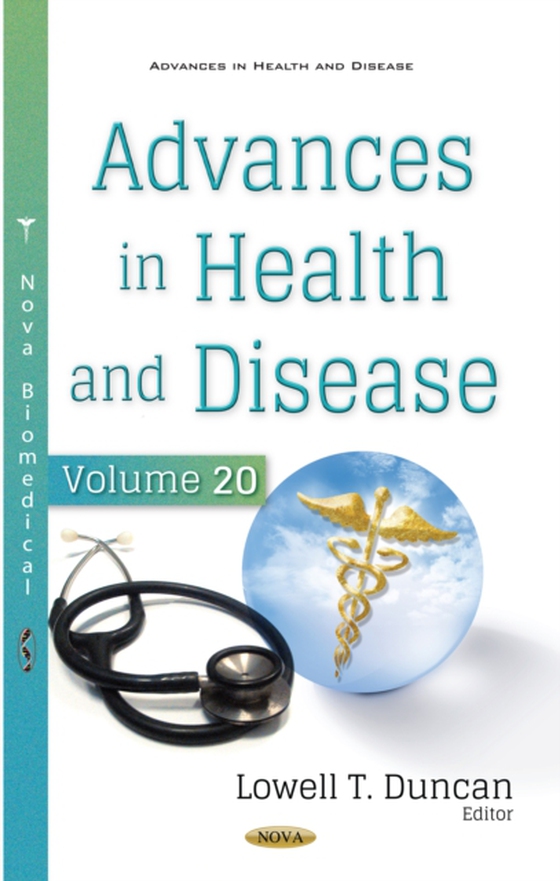
Advances in Health and Disease. Volume 20 e-bog
2921,57 DKK
(inkl. moms 3651,96 DKK)
Advances in Health and Disease. Volume 20 begins by exploring the clinical aspects of cryosurgery including: indications, patient selection, contraindications, technique, complications, and post-treatment follow-up. The authors review available data on current and potential agents for the treatment of vitiligo, an acquired disorder of melanin pigmentation that affects approximately 0.5-2% of th...
E-bog
2921,57 DKK
Forlag
Nova Medicine and Health
Udgivet
7 april 2020
Længde
266 sider
Genrer
Clinical and internal medicine
Sprog
English
Format
pdf
Beskyttelse
LCP
ISBN
9781536176223
Advances in Health and Disease. Volume 20 begins by exploring the clinical aspects of cryosurgery including: indications, patient selection, contraindications, technique, complications, and post-treatment follow-up. The authors review available data on current and potential agents for the treatment of vitiligo, an acquired disorder of melanin pigmentation that affects approximately 0.5-2% of the population. The available data regarding the role of oral magnesium supplementation in the treatment of prediabetes and high blood pressure is also studied. The long-term safety of intravitreal treatment with ranibizumab for age-related macular degeneration is assessed, noting rare endophthalmitis occurrences and scarce questionable systemic side effects. The inflammatory reaction that follows damage to the bronchiolar epithelium of the small conducting airways, bronchiolitis, is reviewed. Three classifications appear useful in defining different cases of bronchiolitis: a clinical classification, a histopathological classification, and a radiologic classification. New prosthetic devices for the surgical treatment of hernias are studied, consisting of a combination of biomaterials that provide mesh with the capacity for self-adhesion. The authors explore how laparoscopic cholecystectomies can be performed safely using mirror ports in patients of situs inversus, noting that extreme skill is required to identify the reversed anatomy and to overcome the problem of handedness.
 Dansk
Dansk

